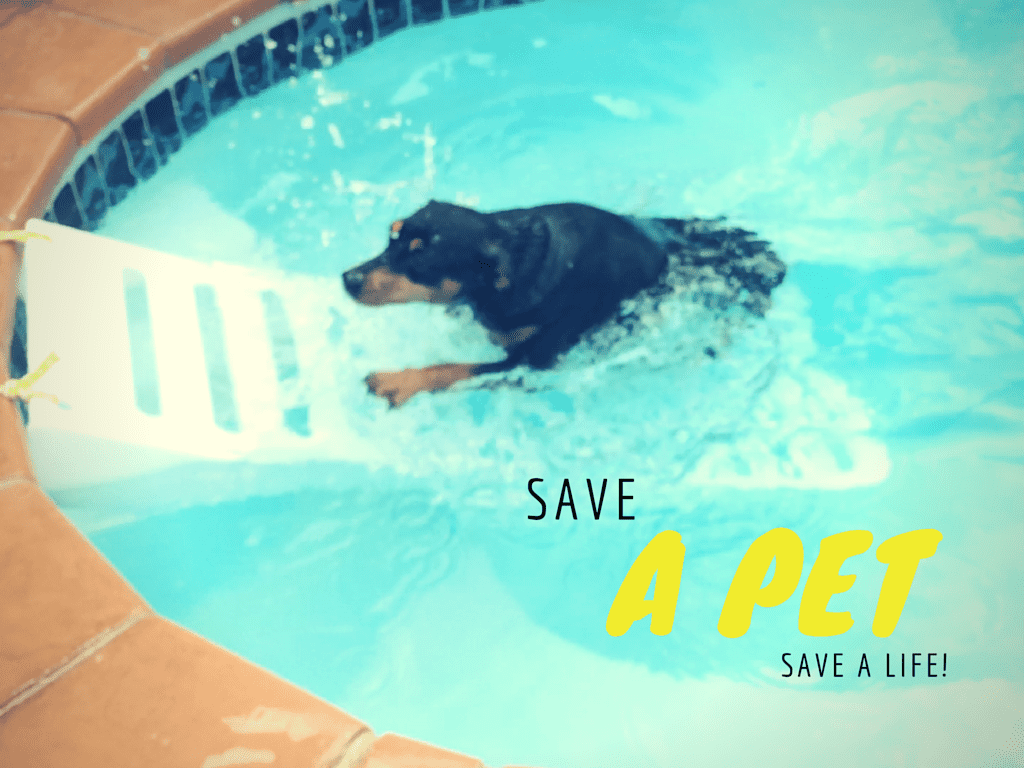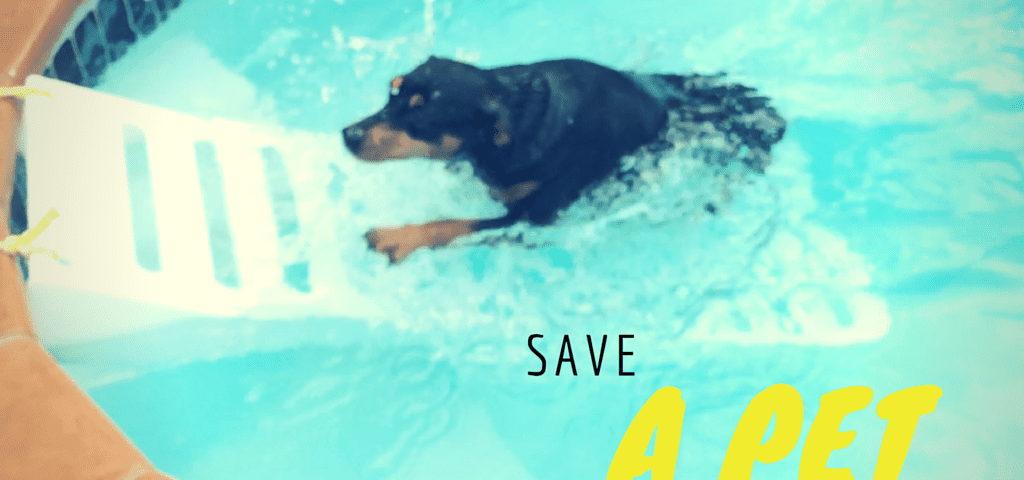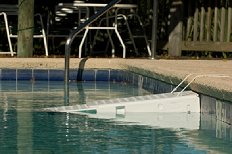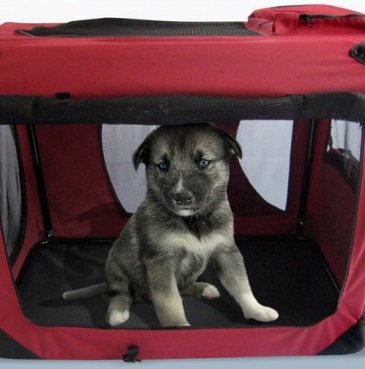
RelaxoPet PRO
June 4, 2020
Pick the Perfect Playpen for Your Playful Baby
February 22, 2022
CLICK HERE: To view our swimming pool exit ramps
With the summer holidays just around the corner and the onset of the incredibly hot temperatures we have recently been experiencing, many families have pets who love water and will be going in and out of the swimming pool. Your pets may be jumping in the pool with your or your children as well as swimming in rivers and dams with you when you go off on hikes or long walks.
Unfortunately many owners believe that their pets instinctively know how to swim and don’t realise that a lot of pets actually don’t like water and can’t swim. This is understandably a very serious situation and because your pet does not know how to swim, if he falls into water may drown or nearly drown because of not being able to get out. Swimming pools only have stairs or ladders at each end, and pets don’t know that they must swim to the steps to get out. Sadly pets may swim aimlessly around the pool, trying to find a way out and become extremely tired and drown from total exhaustion.
Some Pets are at a Higher Risk for Drowning
Pets with certain medical conditions may be more prone to water accidents. Some examples are seizures, dementia, arthritis, irregular heart rhythm and blindness.
If your pet has any of these conditions, never leave them unattended near any water.
Even if your pet is healthy, it can accidentally fall into a pool or water while running or playing.
If you take your dog or cat boating, please consider providing a life jacket. Don’t take any unnecessary risks.
Your pet may be rescued; however near drowning can still be fatal Dogs and Cats
If your pet does fall into water, struggles and is rescued, it may still suffer some after-effects of a near drowning. In a matter of minutes or seconds, a pet can inhale a large amount of water into its lungs. This may cause coughing, difficulty breathing, weakness, fluid coming from the mouth or nose and distress or anxiety. These symptoms can range from mild to severe. A pet may start to get cold after inhaling water and be unable to regulate its body temperature. Sadly pneumonia can occur after a near-drowning experience.
Also secondary drowning can occur up to three days after a near-drowning experience. After appearing to be normal, pets suffering from secondary drowning become lethargic, weak, may even turn purple or blue, begin to cough and ultimately struggle to breathe. Signs can develop very rapidly. Death can occur due to respiratory distress and lack of oxygen. So even though a pet may appear to act normally after the near drowning, an owner may believe that their pet is fine and does not need to be checked over by a veterinarian.
What to do if your pet nearly drowns?
If your pet has experienced a near-drowning incident immediately take him to the nearest veterinary clinic for a full checkup which should include checking on the heart and respiratory rates and breathing characteristics.
Diuretics may be prescribed to assist in the elimination of water from the lungs as well as antibiotics to help prevent pneumonia. Pets who have suffered more severe injuries may need to have IV fluids and oxygen.
So please, as you would watch and keep a close eye on your children, do the same for your pets when they are near water. Never assume that their “instincts” will keep them from drowning. Similarly if your pet has had a near-drowning experience, please have a checkup with your veterinarian immediately after the incident has happened. Do not wait. A serious medical issue may progress rapidly even when there are no apparent signs of a problem.
Never “wait and see”. Reacting quickly can save your dog’s life and save you from a great sadness and loss of your “best friend”.
CLICK HERE: To view our swimming pool exit ramps
Source: Barking Mad




